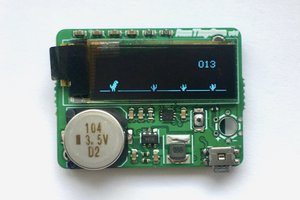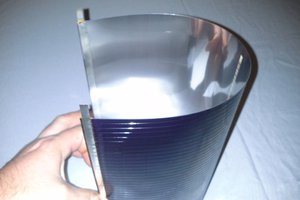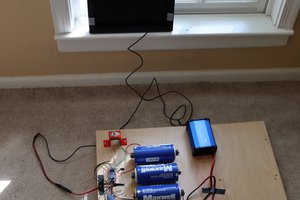This project focuses on using renewable energy sources, in particular, solar energy, to circumvent our destructive use of coal and natural gas for generating electricity. It aims to provide a less wasteful and more efficient, low budget, decentralized, portable and convenient modular system for charging USB devices, powering laptop computers, and running other low power DC electronics. According to the global scientific consensus and IPCC reports, global climate change has become a major crisis that could bring modern civilization to its knees if we don't collectively pull up our pants right now. This device will not only provide a sustainable way to power all of our low power portable electronics that we rely on every day, but it will also introduce anyone who uses this system to a basic real-life application of solar energy and sustainability. It is important to convince people who have no exposure to solar technologies that using solar energy can be just as effective as burning coal, natural gas, or gasoline when implemented properly. Furthermore, this system may also serve as a portable solution for political dissidents and activists who are forced into hiding or literally going off the electrical grid in oppressive parts of the world.
Please see the links to the left for more detailed descriptions of the original projects that are being morphed into this one project.
 Dylan Bleier
Dylan Bleier
 ridoluc
ridoluc
 Jack Pearse
Jack Pearse

 Mike Rigsby
Mike Rigsby